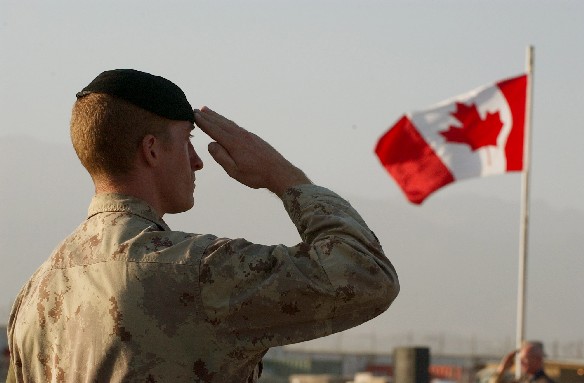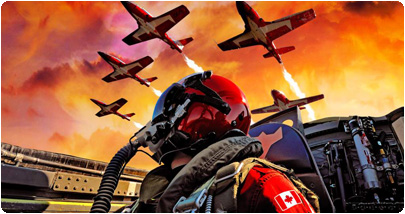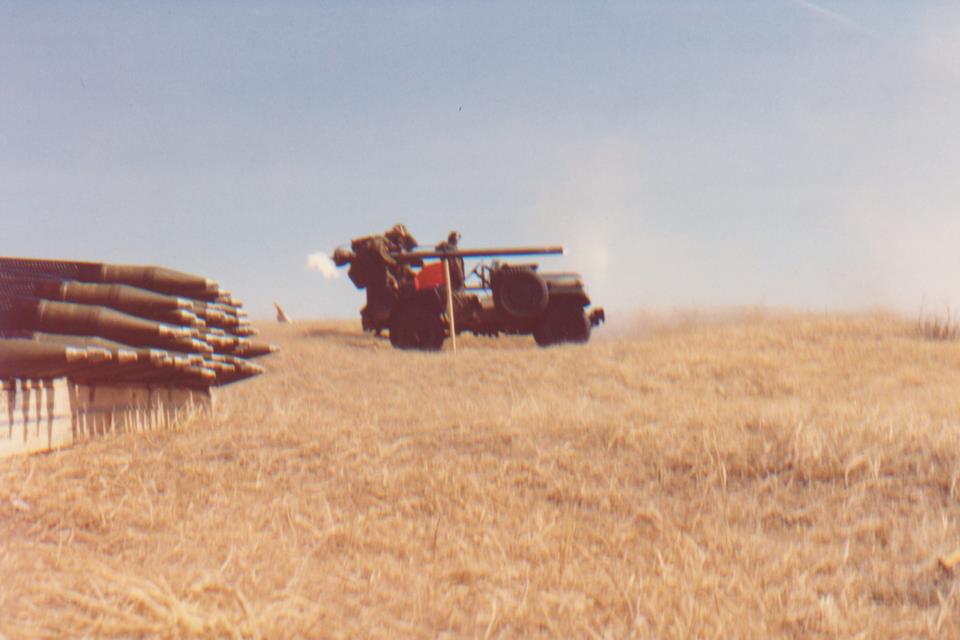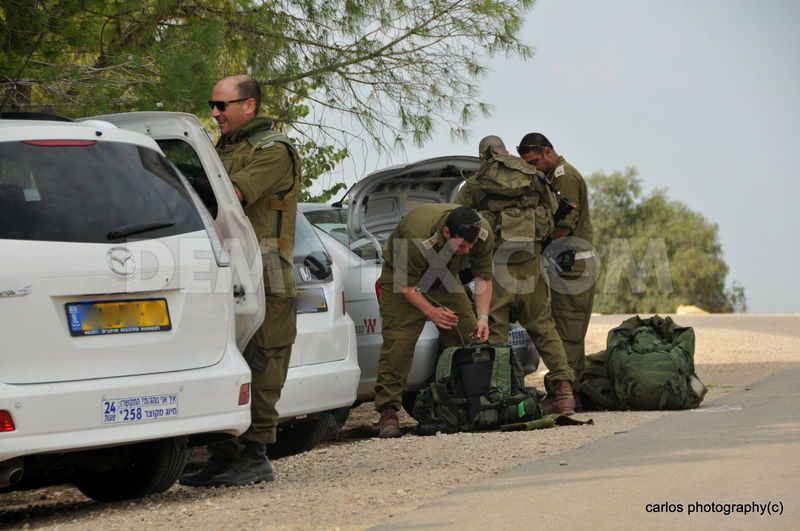As the second anniversary of the official end of Canada’s combat mission in Afghanistan approaches, it is important to take a look back at an often overlooked facet of the military that played a vital role in the operation: Canada’s Reserve Forces. Not only did the reserves help augment regular force soldiers in combat roles, but the experience in Afghanistan helped shape a newfound relationship between the reserves and regular forces, and has paved the way for a new understanding of how the Canadian reserve force should be organized and utilized in the future.
Over the course of 10 years, 158 Canadian Forces personnel lost their lives in Afghanistan, which experienced some of the most intense fighting seen by Canadian troops since the Korean War. At the height of Canadian involvement, there were over 2800 personnel in the country, the largest contribution of manpower after the United States and Great Britain. The contribution of Canadian troops in the war effort was commendable, and will be remembered as a high point in Canada’s military history. It was the largest overseas mission seen in decades, and proved to be a significant challenge to the logistical capabilities of the military to remain sustainable.
[captionpix align=”right” theme=”elegant” width=”320″ imgsrc=” http://natoassociation.ca/wp-content/uploads/2013/06/doran-3.jpg” captiontext=”Canadian Forces Reserves in Afghanistan. “]
Challenges with Manpower and Logistics
What has been noted in regards to the sustainability and cost of the war on the military is the ratio between the number of soldiers Canada had deployed at any given time in Afghanistan, and the size of the Canadian army as a whole. It is here that the benefit of the reserve force is most pronounced. Sustaining over 2500 troops in the country, given logistical constraints and the constant rotation of deployed soldiers, would have been very difficult, if not impossible, had it not been augmented by the Reserve Forces. The total strength of the Canadian Forces for the duration of the mission, between the army, navy, and air force, was 65,000 regular personnel. The total strength of the Reserve Forces at this time was just below 30,000. As argued by David Pratt in a 2010 Globe and Mail article, the Canadian army was simply too small to fulfill the needs of the mission. Alongside combat roles, areas such as public affairs, logistics and civil-military co-operation were all supported by reserve personnel. As a result, 15% to 25% of each rotation to Afghanistan was comprised of reservists.
This assistance to the regular forces has not gone unnoticed by officials, with the Vice Chief of Defence Staff Vice Admiral Bruce Donaldson testifying before a government committee that “full-time employment of Primary Force Reserve personnel has been critical to [Canadian Forces] success whether it be abroad in places like Afghanistan or closer to home”. Lt. General (Ret’d) Andrew Leslie has spoken along the same lines, stating that “the Army could not have done what it did in Afghanistan without the Reserve. We would have crashed and burned. The country owes them a huge debt of gratitude.”
Moving Forward
While the Reserve Forces performed excellently in this case, the lessons learned from the Afghanistan experience have yet to be fully fleshed out. In order to augment the Regular Forces in the way it did, the Reserve Forces experienced a number of difficulties. Some reserve troops were deployed multiple times to Afghanistan, while those remaining in Canada began to feel the strain of many of their leaders being absent. At the same time, in order to be integrated into the Regular Force while on deployment, reservists had to undergo an additional seven months of training.
In light of this, a number of organizational changes have been suggested, including maintaining a small force of Reservists at the same readiness level as the Regular Forces.
One positive development has been the closer relationship between Regular and Reserve Forces personnel. While historically there has been some tension between the two groups, the sustained interaction between them through the shared experience of Afghanistan, particularly after Reserve and Regular Forces fought side by side in combat, has brought them much closer together. What has become clear in the wake of this mission is that the Regular Canadian Forces cannot function in a large-scale overseas operation without the assistance of the Reserve Forces, and that dynamic must be both appreciated and applied to the organization of both entities.
As has been seen with the American military, the most logical way forward for the Reserve Forces is a move towards an “operational reserve” as opposed to a “strategic reserve”. The traditional understanding of a strategic reserve force rests on the idea of domestic civil-military relations and the support of the regular forces in the event of a national emergency. An operational reserve force is an evolution of this understanding, in which coordination between regular and Reserve Forces becomes routine with most if not all military operations. In the wake of experiences in Afghanistan, the Canadian Forces should pursue this model in the future.




